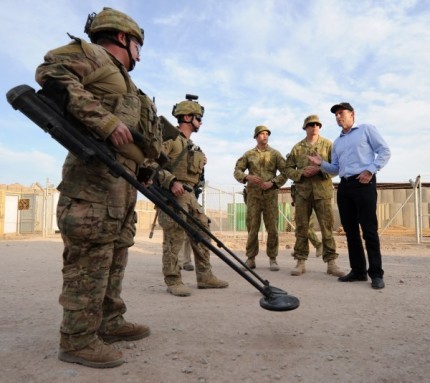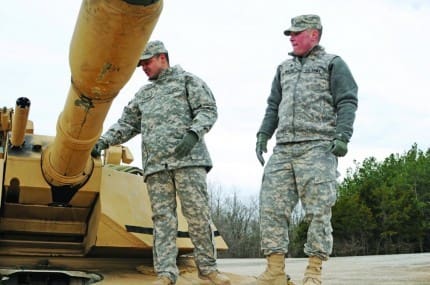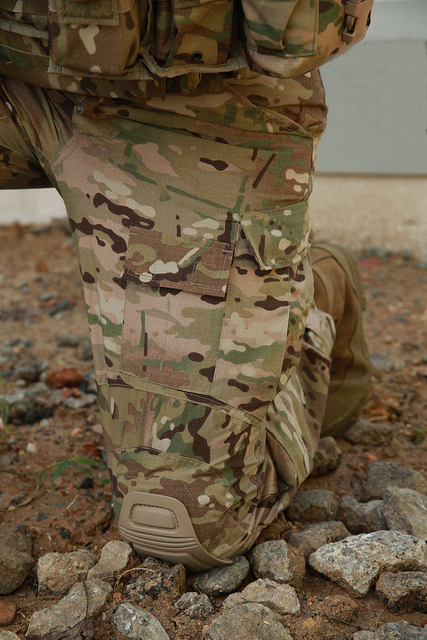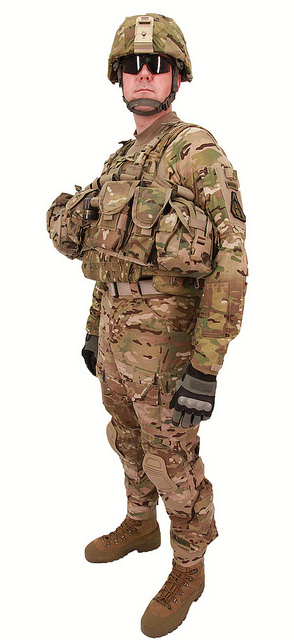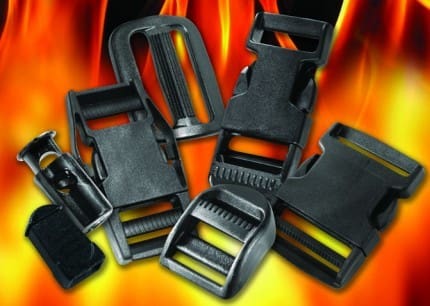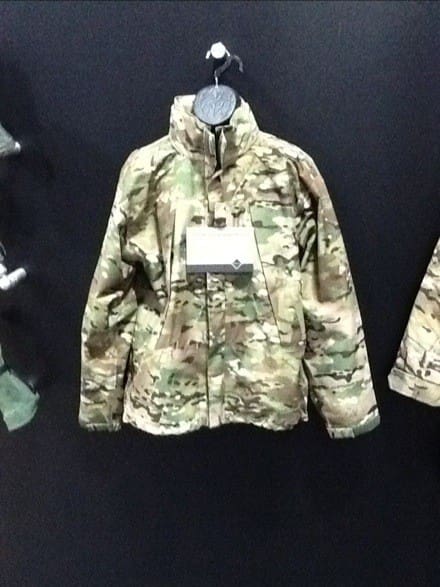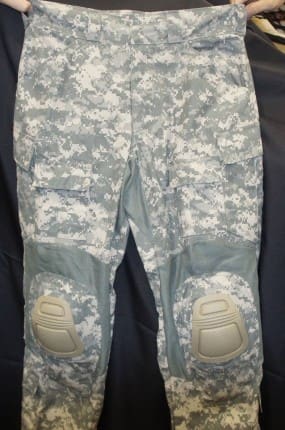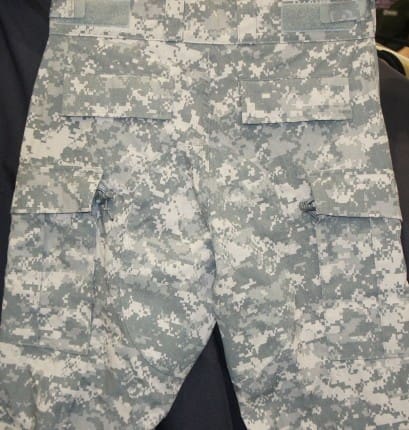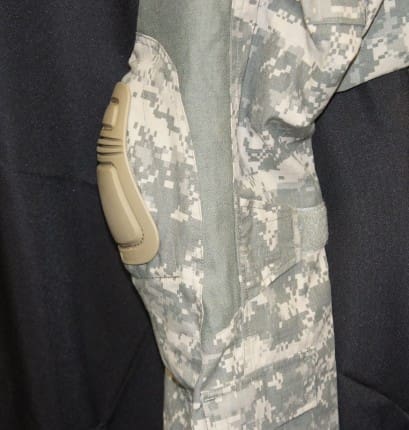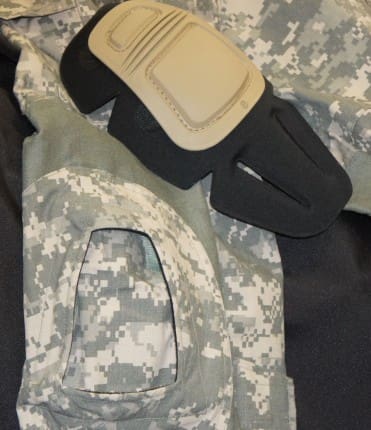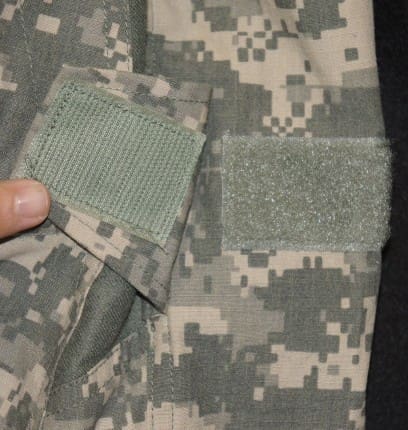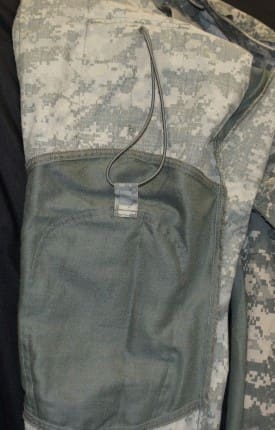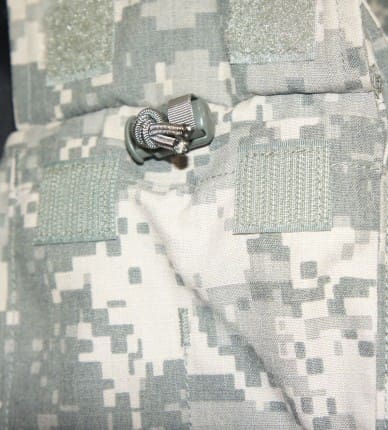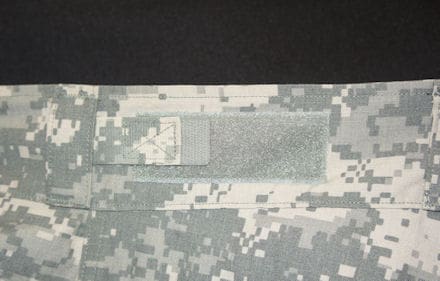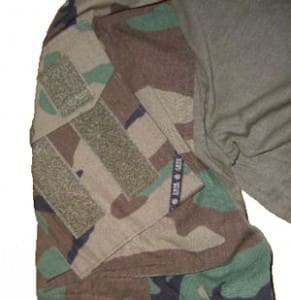 Earlier this year, Marine Corps Special Operations Command purchased Fire Resistant Operational Gear uniforms in the old Woodland camouflage pattern under a sole source contract from Crye Precision. Interestingly, the old Woodland pattern was specified so that MARSOC personnel would blend in with their Afghan (ANA Commandos) counterparts.
Earlier this year, Marine Corps Special Operations Command purchased Fire Resistant Operational Gear uniforms in the old Woodland camouflage pattern under a sole source contract from Crye Precision. Interestingly, the old Woodland pattern was specified so that MARSOC personnel would blend in with their Afghan (ANA Commandos) counterparts.
Unfortunately, MARSOC asked for the uniforms in an older variant of the FR Defender-M fabric. A little over a year ago, the Marine Corps had adopted an improved version of TenCate’s Defender-M fabric for their FROG ensembles that is more abrasion resistant and the US Army followed suit soon after. We’re still unsure why MARSOC didn’t specify the newer Defender-M from jump street but by late summer KitUp! had broken the story that the special versions of FROG were falling apart. Around the same time, a similar fate befell Australian MultiCam uniforms called Operational Combat Uniforms which also relied on the older fabric.
Since then, both MARSOC and the Australians have purchased new uniforms in the latest, more robust 6.5 oz version of Defender-M which boasts twice the tear strength of the previous variant.


